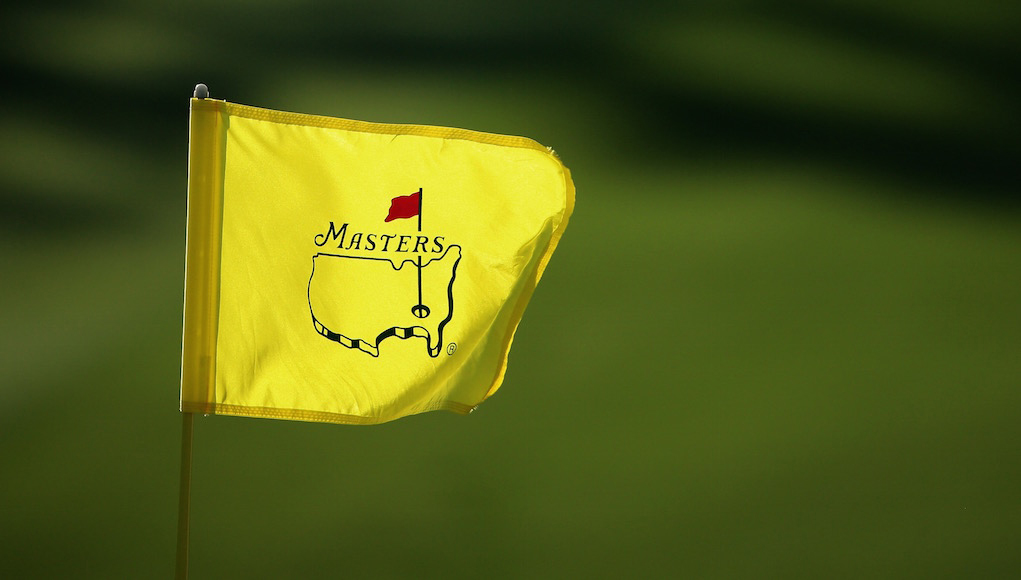Bobby Jones and Clifford Roberts were trying to provide a service to golf when they decided to hold an annual tournament beginning in 1934, according to masters.com. Roberts suggested that the event be called The Masters Tournament, but Jones objected, thinking it too presumptuous.
The name Augusta National Invitation Tournament was adopted and used until 1939, when Jones relented and the name was officially changed. Many decisions made in the early years of the event remain today, including the four-day stroke playing of 18 holes each day instead of the then-customary 36 holes on the third day, eliminating qualifying rounds, and denying permission for anyone except players and caddies to be in the playing area.
Beginning in 1940, The Masters was scheduled during the first full week in April. That first tournament was won by Horton Smith, and, in 1935, Gene Sarazen hit “the shot heard ’round the world” scoring a double eagle on the par-5 15th hole, tying Craig Wood and forcing a playoff. Sarazen won the 36-hole playoff the following day by five strokes.
In 1942, Byron Nelson defeated Ben Hogan 69-70 in an 18-hole playoff, and the 1950s included two victories by Hogan, and the first of four for Arnold Palmer. Palmer’s win in 1958 began the tradition of “Amen Corner,” so named by the great golf writer Herbert Warren Wind in an article in Sports Illustrated.
The Par 3 Contest began in 1960, and, in 1965-1966, Jack Nicklaus became the first Masters champion to successfully defend his title. In the 1980s, Seve Ballesteros won twice, Tom Watson clinched his second title, and, in 1986 at age 46, Nicklaus donned his sixth Green Jacket.
Tiger Woods famously broke the four-day scoring record that stood for 32 years in 1997; in 2010, Phil Mickelson finished at 16-under 272, capturing his third title; and, in 2015, Jordan Spieth tied the score set by Tiger Woods in 1997 at 18-under 270 with a Masters Tournament victory for the ages.
For more information see masters.com.
Enjoy your walk,
Eric Woods

